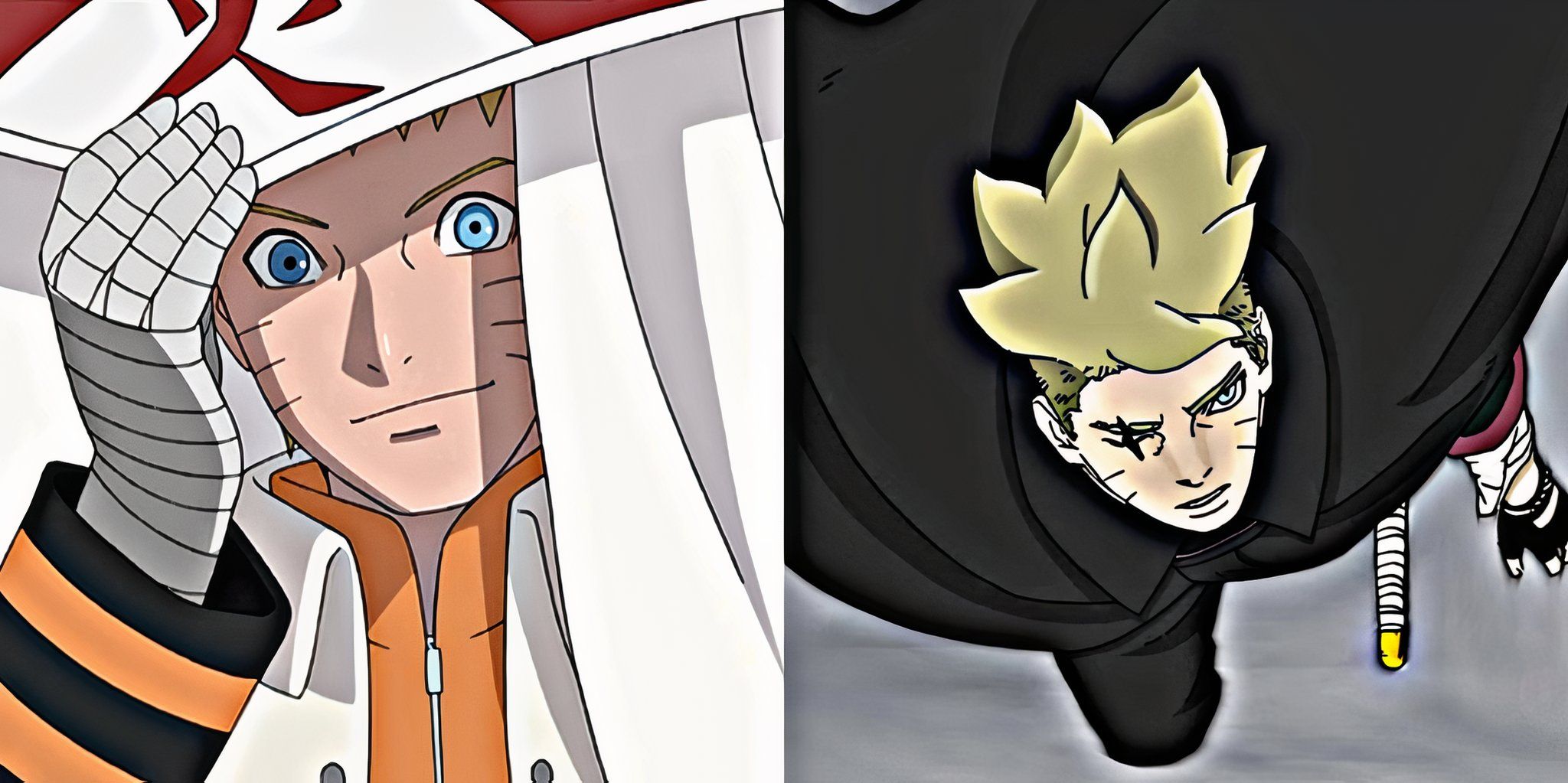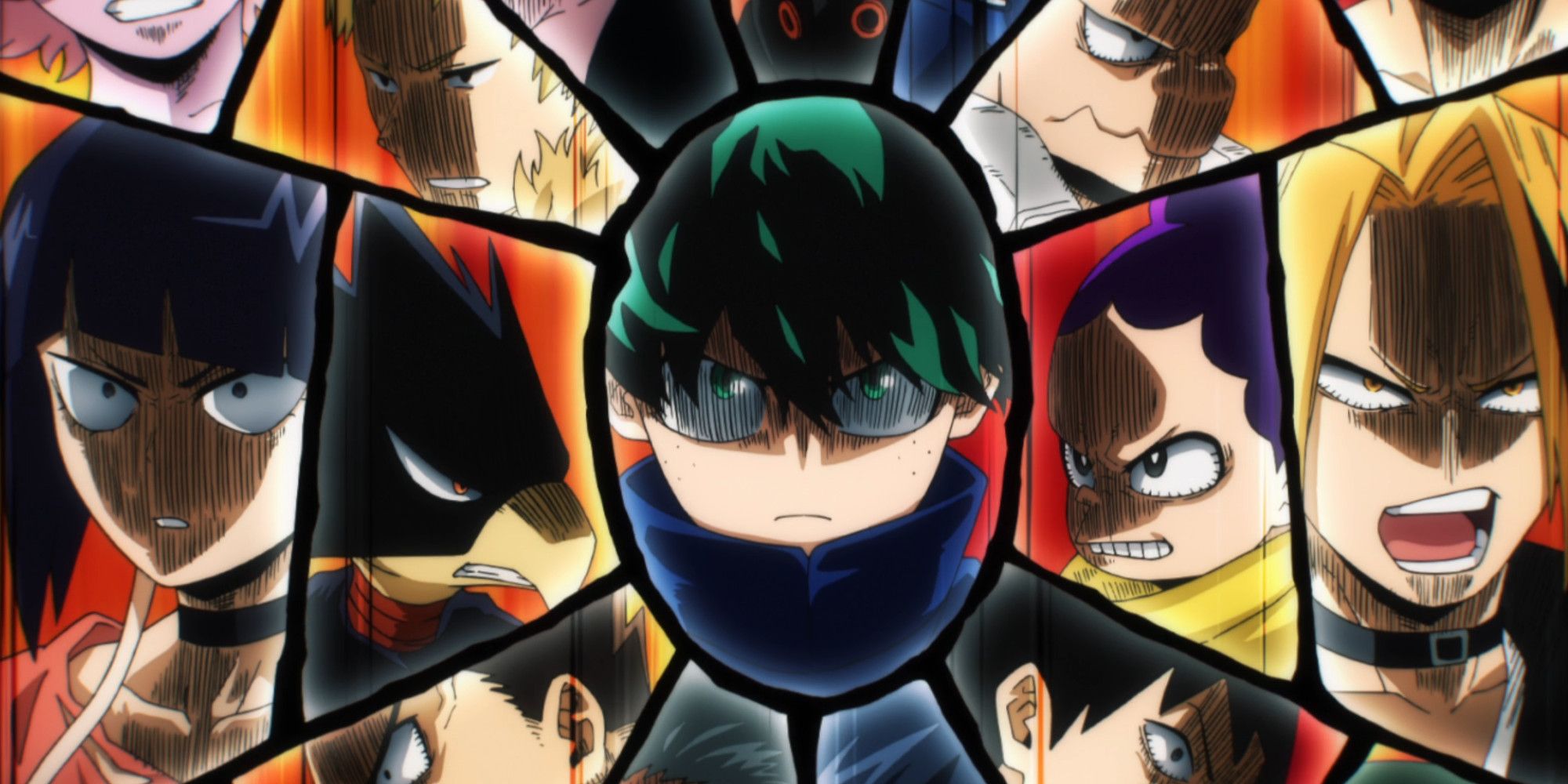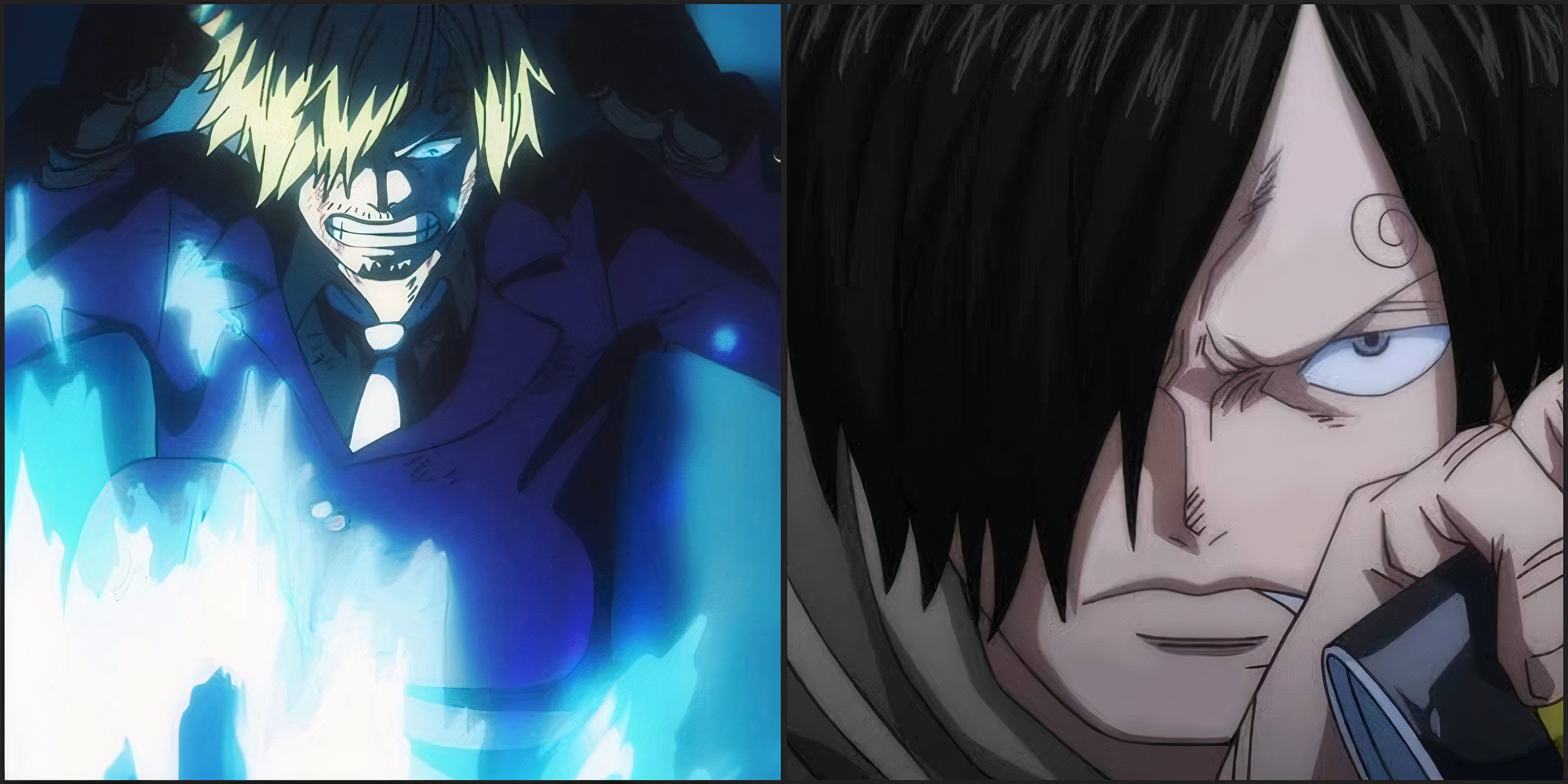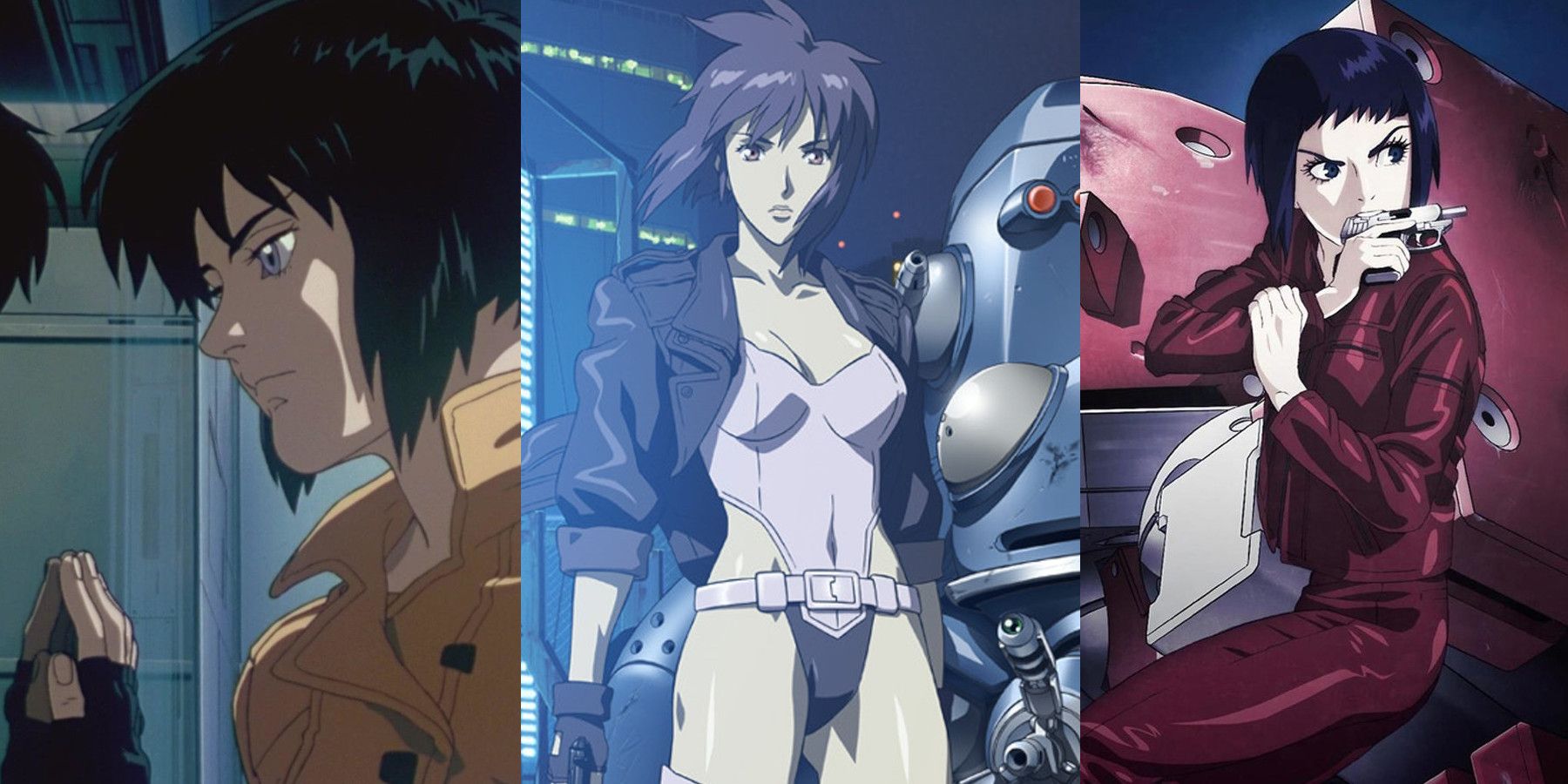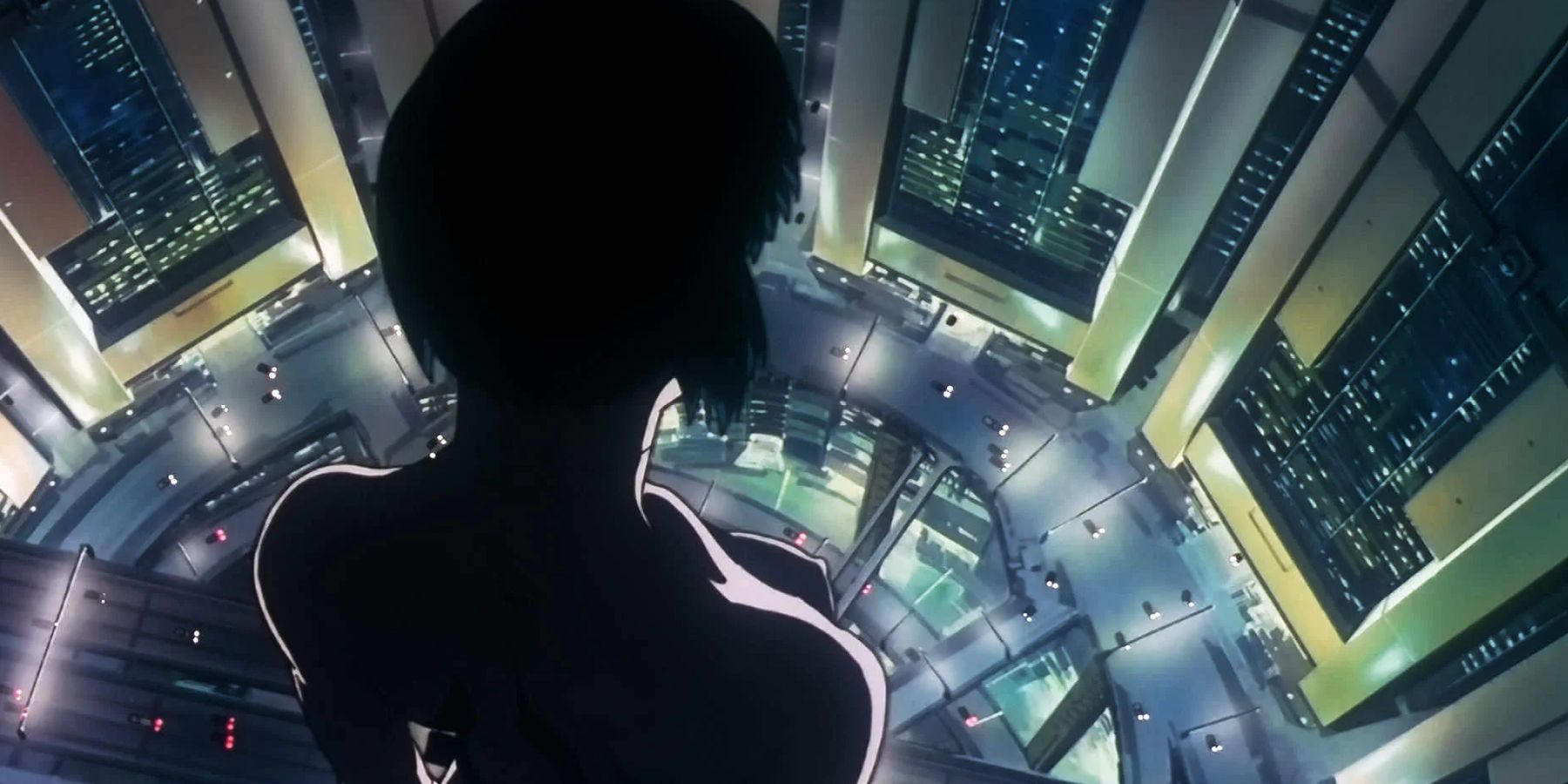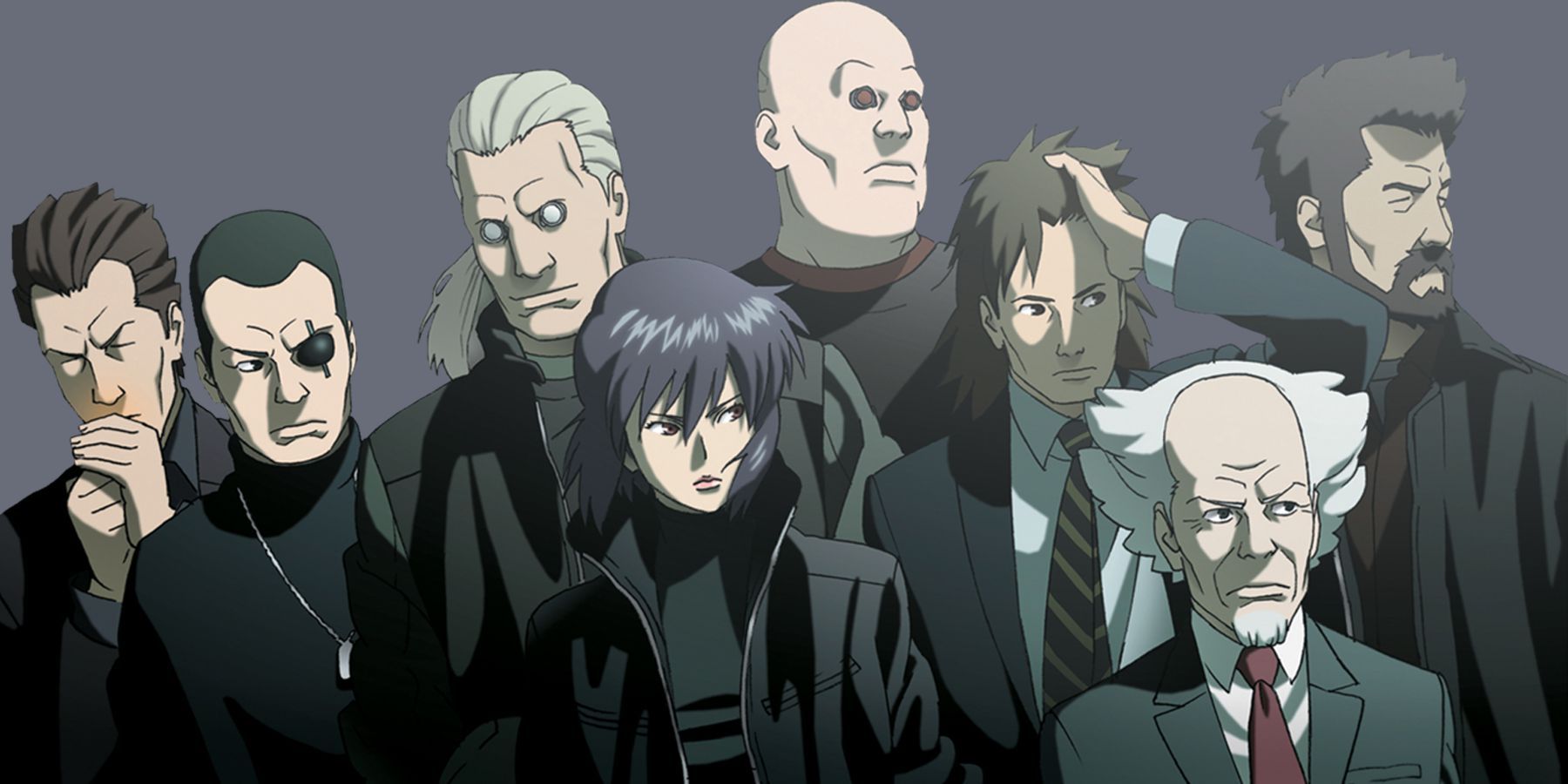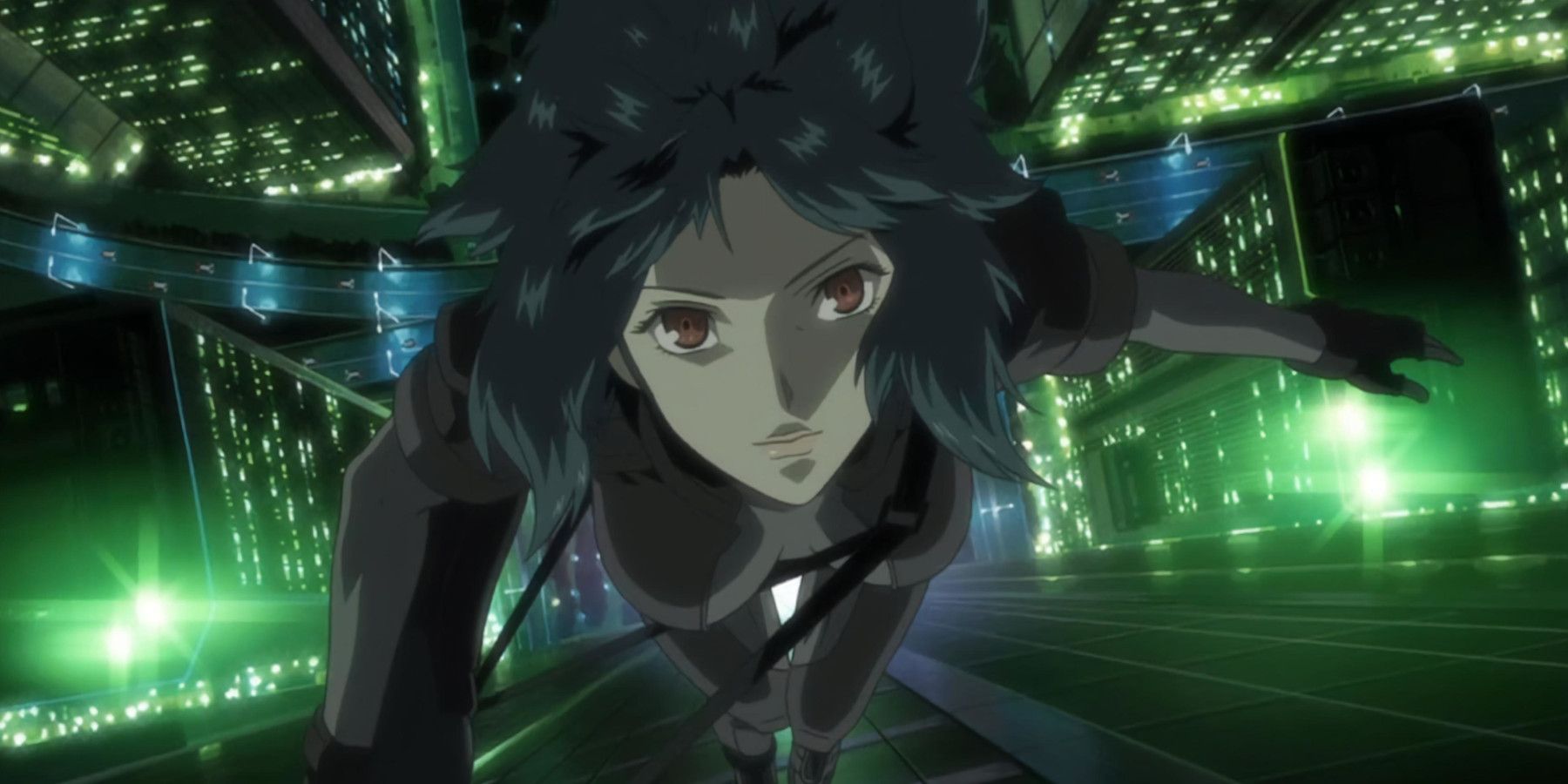Mamoru Oshii's Ghost in the Shell was a hugely influential film, inspiring such things as the trans-existential epic that was The Matrix, but even with its (deserved) praise, it's an odd adaptation. Compared to the manga, it's quite different, re-envisioning the text as a darker and more straight-faced drama that would come to define how the series was viewed in the mainstream.
In truth, the original manga by Shirow Masamune was quite silly at times, notably in the characters' sense of humor and their relaxed attitude toward politics that were above them. There is an overall tone and approach to the storytelling that has almost never been tackled in GITS' animated outings, making it reasonable to assume there's a wealth of approaches to take the IP going forward. 2020's SAC_2045 was frankly underrated but between a lack of marketing, the long delay between seasons, and the drastically different style, the series hasn't been received well. For some, Ghost in the Shell feels like it's running out of ideas, being run into the ground by Production I.G., begging the question: where should the series go next?
Tomorrow's Stories Today
Ghost in the Shell is a special breed of speculative science-fiction, having become more and more beloved as time goes on because of how accurate some of its predictions end up becoming. Obviously - and thankfully - not everything has come true about this cyberpunk future, namely the third and fourth world wars that have occurred in the series lore, or the cybernetics that breed new forms of crime.
However, when the series is allowed to go off on concepts related to technology, the internet, and the philosophies inherent in the evolution of those two, it could hit scarily close to home. Looking back at it now, Stand Alone Complex, written and directed by Kenji Kamiyama, was frighteningly accurate about things like memes or the dissemination of information through the net.
The Laughing Man story of SAC's first season hits at the very heart of internet culture, in addition to being about corporate conspiracies and corruption within Big Pharma. It's about how an event becomes a legend that has a noticeable footprint in seemingly standalone events thereafter. It's on par with Hideo Kojima's examinations of "MEME" from Metal Gear Solid 2.
SAC 2nd Gig was similarly bold looking back, from its portrayal of fake news, manipulation of information, and a refugee crisis felt especially close to home when rewatching it in the present. But the success in these early stories is unique and hard to recapture specifically because it was written predicting the future based on the present.
Back in 1989 when the manga was released, or 1995 when the first film came out, or 2002 when SAC aired, all of these stories were speculative. These writers and directors, having grown up during the internet age when minds were alight with the possibilities of the future, proposed how the future might have looked.
Ghost in the Shell 1995 might not feel quite as politically reminiscent of the modern day as SAC, but its discussions about the singularity are no less intriguing or well executed. GITS doesn't have to immediately touch upon the fears of the present and if anything, its sights should be set ever toward the future and where technology could go.
So writers shouldn't jump to think about how to write about things like AI or crypto just because they are relevant for the time being. This franchise is about questions of justice, humanity, and self, all through the lens of technology's often frightening advancement towards singularity. It's an intersection of philosophy, police drama, and political thriller, with an ultimately simple but established cast.
Section 9
No matter how different a new Ghost in the Shell will be, it can't abandon its core characters, and while new characters often contribute a great deal, they'll never be replacements. Section 9 is fascinating because even though only half of them are arguably important, they are all essential to the brand.
It feels reminiscent of traditional theatre and the importance placed on particular character tropes. Each new iteration of GITS might redefine backstories, but Major will always be Major, and the same goes for every member of the team. Paz and Borma consistently get the short end of the stick, but it wouldn't feel right without them.
And depending on the story being told, it's not even important to give each team member time in the spotlight. Given that Oshii's films were shorter and more focused stories, only three to four characters would be important to the plot. However, both SAC and Arise focused heavily on the team, though in different ways and to differing success.
In a film, if Major is a prominent character, she's mostly accompanied by Batou and Togusa, with Ishikawa as tech support, and maybe an assist from one of the other members. But as Ghost in the Shell 2: Innocence proved, Major isn't required to make an excellent story, provided that Major's influence is still felt.
The point is, so long as the writers aren't putting themselves into a corner by forcing unnecessary inclusion of every character, the roles are incredibly flexible. The continuity might change, but the characters ultimately won't and their individual strengths are clear.
The Style
Going back to the manga, it's funny to think how there hasn't been a truly accurate adaptation of the manga thus far. Even Stand Alone Complex didn't fully embrace the original work, opting for a mature execution like Oshii, but with a bit more fun in its tone and music. For anime-only fans, the manga's take is relatively slept on.
Masamune has gone on to state that there is no definitive version of Ghost in the Shell, which is a sentiment many fans can agree with. They are all so different, yet share a similarly passionate soul. However, if Production I.G. wants to spice up the franchise, it might be time to make something more faithful to the manga.
The craziest fact about this franchise is that the closest adaptation to the manga wasn't any of the films or TV shows. It's the Ghost in the Shell PS1 video game, which had cutscenes animated by Production I.G. including the English Dub cast from the 1995 film, some of which continued voicing their characters for decades.
The pacing is quick, likely because the cutscenes ultimately make up a small percentage of the game and there was only so much money to produce them. Even so, the fast pace gives it the feeling of an old GAINAX anime with its breakneck pace and insanely expressive character animation.
The style of character designs and facial expressions are especially humorous, which could clash with the seriousness most associate with the franchise, but in motion, it works. The characters don't lose an ounce of their identity from the TV series and in fact, seeing their portrayal in this format almost solidifies their most identifiable quirks and talents.
With the recent airing of the remake of Urusei Yatsura, it's more apparent than ever that it's possible to take older visual styles and present them with all the glitz and glamour of a new series. An anime in the style of Shirow Masamune's original manga might just be the breath of fresh air that Ghost in the Shell needs to please old fans and make some new ones.
